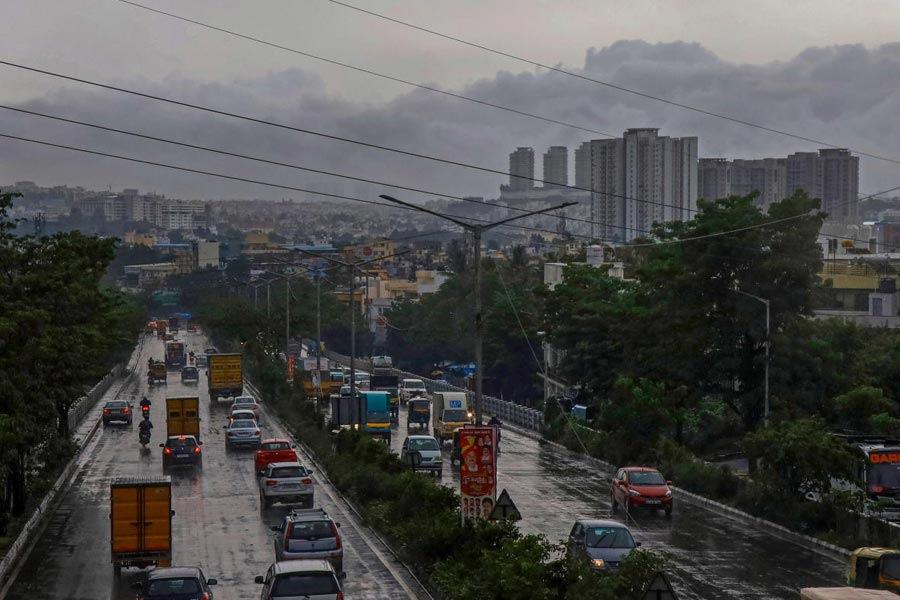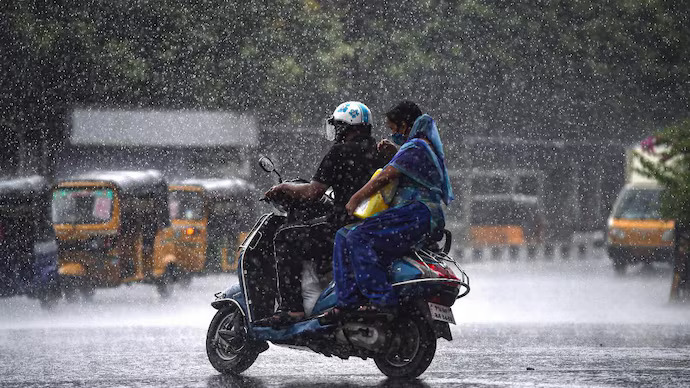The India Meteorological Department (IMD) reports that since the monsoon began on June 1, the nation has had 20% less rainfall, and that there was little improvement between June 12 and June 18.
In Maharashtra, it appears to have reached a standstill. While the southern peninsula received above-average rainfall, there was a 15–70% shortage in other parts of India. Numerous regions, including some in North Karnataka, have had lower-than-normal rainfall even in the south. According to the IMD, June rainfall may be less than usual. The majority of the kharif crop’s seeding occurs in June and July, making these months crucial for agriculture. Although there isn’t currently cause for alarm, the situation should raise some concerns.

Source: Telegraph India
Much of India’s agriculture is reliant on the monsoon rainfall. Since irrigation is so inadequate in many regions of central India, especially Uttar Pradesh and Bihar, the effects of a delayed or insufficient monsoon would be felt right away. Because they are extensively used for the cultivation of rice, wheat, sugarcane, and vegetables, these regions significantly contribute to the nation’s agricultural output.
The temperature there is currently between 42 and 46 degrees Celsius. The absence of rain, heat waves, and dry weather will have an influence on agriculture as well as other things. Due to a lack of irrigation infrastructure, about half of India’s agricultural land depends on rainfall. The lowest levels of reservoirs are seen. They haven’t noticed any significant rise in levels, even in monsoon-prone areas. The lack of water in the reservoirs will have an impact on power generation as well as agricultural and drinking water supplies.
Source: Business Standard
A weak monsoon will have a significant effect on food prices. The unusually late and below-average monsoon of last year reduced food output and contributed to a rise in food prices. At 7.9%, food inflation—which has reached record highs in recent months—remains high. With a rate of 27.3%, vegetable inflation has been extremely high.
Food inflation will surge due to another insufficient monsoon, with the impoverished communities bearing the brunt of this.Governments will need to begin making plans in case of insufficient rainfall. The IMD continues to predict a regular monsoon, and it might eventually turn out to be correct. However, the climate is changing, the weather is known to be erratic, and our understanding of it is incomplete.
What do you think about this? Comment below.

